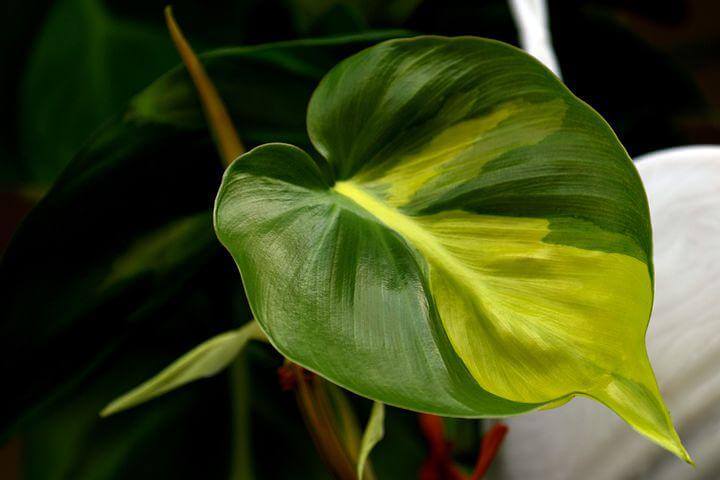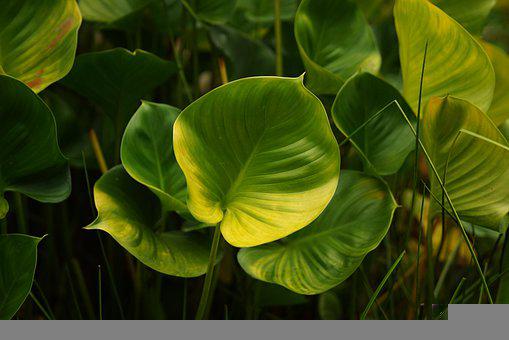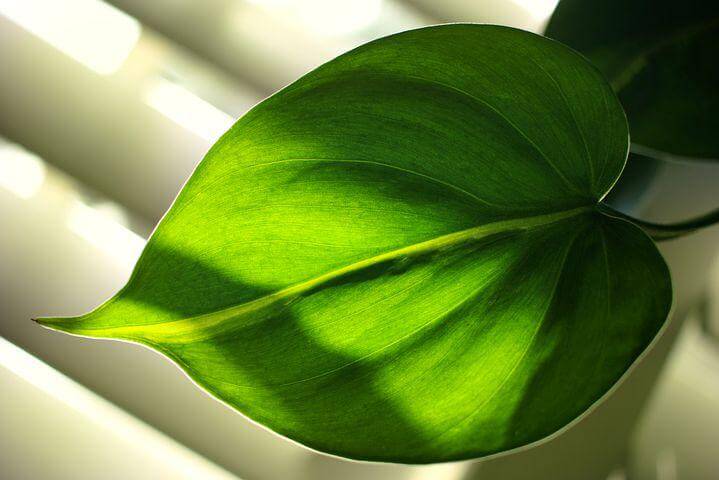Last Updated on January 18, 2023 by a Friendly Gardener
The philodendron is an exceptionally popular plant in indoor gardens. It’s an ideal plant for newcomers to houseplants as this perennial plant communicates precisely what it needs. The philodendron genus boasts hundreds of varieties known for vivid and expansive foliage. As a plant family, you’ll see many differing sizes, shapes, and hues.
And how they grow! Hanging, climbing, or trailing, these plants are exceptionally decorative in any location. They also can be cultivated as a compact bush-like plant.
The plant’s name derives from Greek: “Philo” meaning love and “dendron” meaning tree. Belonging to an extensive family of jungle vegetation, this native of Central and South America is appreciated for its large, green, and glossy leaves.
Philodendron Information

Belonging to the Araceae family, there are two basic versions of the Philodendron: a “self-heading” type that is non-climbing and the well-known vining plants that climb or hang. The vining cultivar generally grows several and needs something to latch onto like a pole or trellis. The self-heading cultivar becomes a standup plant boasting lush green and glossy leaves.
Philodendrons are often exchanged with the Pothos plant, but they are two different species you can differentiate between the two by observing the leaves. Both plants grow similarly shaped foliage, but the Pothos’s leaves will be variegated with yellow or white. The Philodendron can be cultivated year-round.
Philodendron Plant Care
The philodendron’s natural environment is tropical. Warm temperatures with generous moisture and a lot of bright indirect light will make for a happy houseplant.
In warmer weather, place them outdoors for fresh air and natural light. Partial shade is necessary as direct sunlight will scorch leaves.
The large leaves characteristic of these plants should be occasionally dusted off with a dampened cloth to avoid the pores becoming clogged and aid in photosynthesis. If the vines are too long, cut them back to a preferred length, during the spring and summer seasons.
Soil
Loose potting soil which is very rich in organic matter is the preferred growing medium for this plant. The soil bed should be well-draining. To mix your soil, blend equal parts of potting soil, peat, and sand.
These plants can be repotted approximately every two years. They are sensitive to salt buildup and foliage may turn yellow or brown. Flush your plant out by placing it in under a garden hose or in a sink and watering thoroughly until the water drains out from underneath. Acidic soil with a pH of 5.5 to 6.0 is optimal.
Light
Partial sunlight will aid in helping your philodendron to thrive. Dappled sunlight, beneath a canopy of tropical vegetation, is the status quo in the philodendron’s natural habitat. Avoid positioning them where they receive direct sunlight.
When Philodendrons receive too little light, they appear leggy look with too much space between the leaves. Too much light will cause foliage to turn yellow. An occasional yellow leaf is a part of normal aging.
This is a houseplant that thrives in indirect sunlight, however, it can manage in low-light environments.
Water and Humidity
Soil beds should feature moderate moisture. When the topsoil dries to about an inch deep, you can water. Leaves droop when the Philodendron is overwatered or underwatered. Ideally, water weekly when the soil bed is dry. With increased sunlight exposure it will be necessary to increase watering as well. The soil should never be allowed to become soggy or water-laden, as this can lead to root rot.
In dryer climates, philodendrons need humidity. Mist your plant every few days with a spray bottle or use a pebble tray underneath the plant. Fill a tray with pebbles and water. The flowerpot must not touch the water but sit above it.
Temperature
Depending on which species of philodendron you have, this will indicate the ideal temperature. As a rule of thumb, philodendrons should not be located in environments with temps that are lower than 55°Fahrenheit.
They require protection from cold and cool drafts. Keep them a good distance away from an air conditioner or its vent. The average temperature should sit in the 65°F to 75°F range.
Feeding
Feed your plant monthly with a liquid fertilizer during the growing season. An NPK (nitrogen-phosphorous-potassium) balanced, all-purpose fertilizer is fine. During fall and winter, reduce feeding to once every six weeks. Growth will slow considerably if your plant is undernourished with leaves growing smaller.
Pruning

Young philodendrons will start at a height of roughly six inches. If not pruned, vining cultivars can grow to ten feet in length. Prune to encourage foliage growth. This will prevent a leggy appearance. Vining philodendrons need to be pruned often. When left to grow, they climb walls or nearby furniture. The vine’s aerial roots can damage wall paint, plaster, and objects in general.
Repotting
New philodendrons should be potted in a slightly larger pot than the size of the root ball. Containers must have several drainage holes in the bottom. When the plant’s roots poke through the holes, it’s time for repotting. Late spring or early summer are ideal for repotting.
When repotting, select a new container one size larger with drainage holes. Slide your philodendron gently from its old pot. Position it in the new container and fill it in with new soil. Water the plant when finished.
Plant Pests, Diseases, and Problems
The Philodendron is pretty resistant to pests and diseases, but they are susceptible to spider mites, aphids, thrips, scale, and mealybugs.
Spider mites cause foliage to pale and leave a webby substance on leaf undersides. Mealybugs leave cottony-like deposits on foliage.
Remove pests manually if possible and treat infected plants with horticultural Neem oil. The occasional shower can act as prevention followed by insecticidal soap.

Yellowing leaves that drop are due to overwatering. Remove the plant from the wet soil. Prune dead leaves and repot in new soil. Wait a week to water. Wilting foliage indicates underwatering. Soft stems or black stems are typically root rot. Leaves with brown tips indicate low humidity.
Philodendron Toxicity
Unfortunately, the philodendron is toxic to humans and pets when ingested. Foliage contains calcium oxalate. Poisoning symptoms may include:
- Blistering inside the mouth and throat
- Diarrhea
- Excessive drooling
- Loss of appetite
- Nausea
- Pain in the mouth and throat
- Swelling
- Vomiting
If your pet shows these symptoms, get to a veterinarian immediately. The plant’s sap is not lethal but will cause irritation to the skin.
Philodendron Propagation

Vining philodendron plants are easy to propagate thanks to stem cuttings. Trim a six-inch piece of the vine and put it in a jar of water. Once the roots have developed, transplant your cutting into a container with nice moist soil.
Upright philodendrons will sprout little plants around the mother plant. Remove plantlets with the roots intact and plant in another container with fresh soil. Water afterward. The soil bed should remain moist.
A Final Thought
The philodendron is a great plant to start with for beginners. It adapts easily to a warm, moist, environment with generous indirect light. If you are convinced you don’t possess a green thumb, try cultivating a philodendron.

